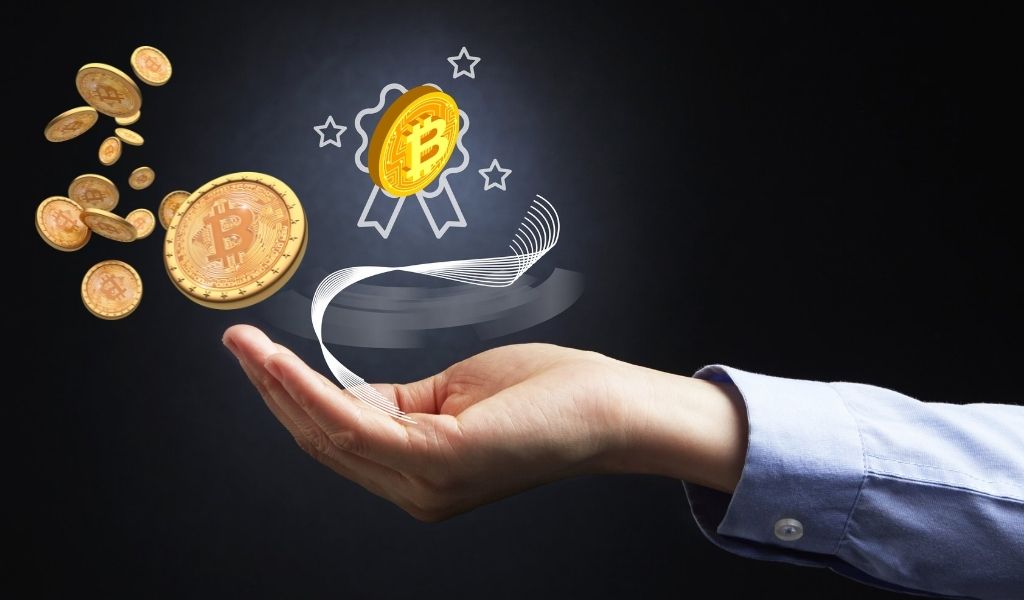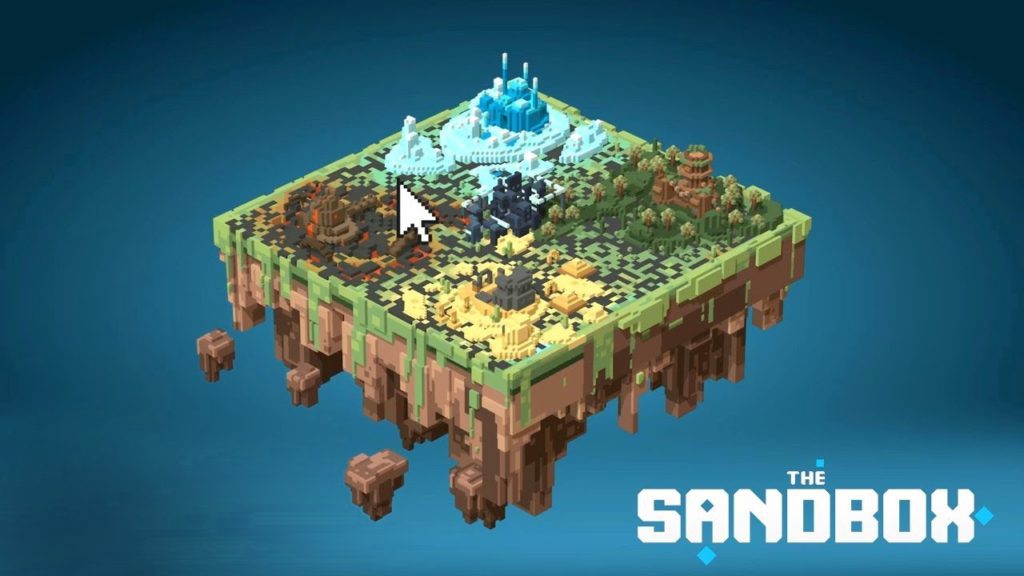Exploring The Evolution Of NFT Games And Top 10 NFT Games With Physical Assets like Gold
The world of Non-Fungible Tokens (NFTs) has witnessed rapid growth and innovation in recent years, and it continues to evolve in fascinating ways. Among the latest trends within the NFT space is the integration of physical assets, particularly valuable commodities like gold, as rewards in NFT-based games. This unique development raises intriguing questions about the convergence of the digital and physical worlds. In this article, we delve into why NFT games are starting to reward players with tangible assets such as gold.
The NFT Gaming Revolution
NFTs have already made their mark in the gaming industry by enabling players to own and trade in-game assets, character skins, and other digital collectibles. These digital assets are unique, verifiable, and secure, thanks to blockchain technology. Gamers have embraced NFTs not only for their investment potential but also for the sense of ownership and rarity they provide within virtual worlds.
However, the gaming world is now taking a leap beyond the digital realm by introducing physical rewards tied to NFT achievements. Here are some key factors driving this trend:
Also, read – 5 Upcoming NFT Games To Look Forward To
Real-World Value and Tangibility
One of the most compelling reasons behind the integration of physical assets like gold into NFT games is the appeal of real-world value and tangibility. While digital items hold value within their respective game ecosystems, they remain intangible. In contrast, physical assets, such as gold bars or coins, have intrinsic worth that transcends the virtual space. This adds a new layer of meaning and excitement to in-game achievements, as players can hold and possess something of value in the physical world.
Enhancing Player Engagement
The prospect of winning physical assets elevates player engagement to a new level. NFT games are increasingly blurring the lines between the virtual and real worlds. This hybrid approach enhances the player experience, as gamers are motivated by both the intrinsic rewards of in-game items and the extrinsic rewards of tangible assets. As a result, players may be more committed and dedicated to NFT games.
Bridging the Gap Between Cryptocurrency and Tangible Wealth
NFT games that reward players with physical assets bridge the gap between the world of cryptocurrency and traditional wealth. Cryptocurrencies, like Bitcoin and Ethereum, have been the primary mode of transaction within NFT ecosystems. However, not everyone is well-versed in digital currencies, and they may find it challenging to convert virtual assets into real-world value. The introduction of physical rewards simplifies this process by offering players a tangible representation of their in-game success.
Showcasing the Versatility of NFTs
This trend underscores the versatility of NFTs. These tokens, often associated with digital art or collectibles, have proven their adaptability. By integrating physical assets, NFTs are showcasing their ability to represent and secure real-world assets and experiences. This versatility opens doors for creative applications beyond gaming, potentially revolutionizing industries like real estate, luxury goods, and education.
Challenges and Future Prospects
The integration of physical assets, such as gold, into NFT games represents an innovative leap forward in the world of gaming and blockchain technology. However, while this trend holds immense promise, it also comes with its fair share of challenges and considerations. In this section, we will explore the challenges that arise from rewarding players with physical assets in NFT games and look ahead at the future prospects of this intriguing development.
Challenges
1. Authenticity and Provenance
One of the primary challenges in rewarding physical assets in NFT games is ensuring the authenticity and provenance of these tangible items. Players must be confident that the gold or other physical rewards they receive are genuine and not counterfeit. Blockchain technology can play a crucial role in tracking the origins and ownership history of physical assets, providing transparency and security.
2. Secure Delivery
The secure delivery of physical assets poses logistical challenges. How do game developers and NFT platforms ensure that players receive their rewards safely? Shipping valuable items like gold requires a robust and secure supply chain to prevent theft or loss during transit. Smart contracts may be employed to trigger the release of physical rewards once certain conditions are met, but the physical delivery process must be carefully managed.
3. Legal and Regulatory Compliance
NFT games that reward players with physical assets must navigate a complex web of legal and regulatory considerations. Different regions may have varying rules and tax implications for such transactions. Developers and platforms need to ensure compliance with local laws to avoid legal issues related to the distribution of physical rewards.
4. Economic Viability
The economic feasibility of offering physical rewards in NFT games is another challenge. Developers and platforms must consider the cost of procuring, storing, and delivering physical assets. These costs need to be balanced against the perceived value and attraction that such rewards bring to the game. Striking this balance is essential to ensure that the rewards are economically sustainable.
5. Trust and Verification
Building trust in the system is essential for the success of NFT games that reward physical assets. Players should be able to verify the authenticity of their rewards and the fairness of the distribution process. Implementing transparent and auditable blockchain systems can contribute to trust and verification.
Future Prospects
1. Innovation in NFT Platforms
The integration of physical assets in NFT games is expected to drive innovation in NFT platforms. These platforms will need to develop new features, such as physical asset verification tools and secure delivery solutions, to accommodate this emerging trend. This innovation will lead to a more robust and versatile NFT ecosystem.
2. Expansion of NFT Use Cases
As NFTs move beyond digital collectibles and gaming, the use cases for these tokens are likely to expand. The integration of physical assets opens doors to creative applications in various industries, including art, luxury goods, and real estate. NFTs could become a bridge between the digital and physical worlds in a multitude of sectors.
3. Enhanced Engagement
The prospect of winning tangible physical assets like gold can significantly enhance player engagement in NFT games. Players are likely to be more dedicated and committed to games that offer both digital and real-world rewards. This increased engagement can boost the popularity and longevity of NFT games.
4. Cross-Platform Integration
In the future, we may witness cross-platform integration of NFTs and physical rewards. Players could accumulate NFTs in one game and use them as tokens for obtaining physical assets in another. This seamless transfer of value between virtual and physical realms could be a game-changer for NFTs.
5. Stronger Security Measures
To address the challenges related to authenticity, provenance, and secure delivery, the NFT ecosystem will likely invest in stronger security measures. This may include implementing advanced anti-counterfeiting technologies for physical assets and developing secure delivery networks.
4/ 🦄Unconventional Tokenomics
1️⃣ Elastic Supply Tokens: Dynamic supply
2️⃣ NFT Fractionalization: Buy & trade portions NFTs.
3️⃣ Social Tokens: Invest in & engage with stars.
4️⃣ P2E Gaming: Earn tokens in game.
5️⃣ Tokenized Real-World Assets: Tokens representing physical assets. pic.twitter.com/kN0Q493A28— LockFryer 🌄 (@LockFryer) March 28, 2023
Top 10 NFT Games that give different kinds of Physical Assets
- Axie Infinity

- Game Overview: Axie Infinity is a blockchain-based game where players collect, breed, and battle fantasy creatures called “Axies.” It combines elements of adventure, strategy, and blockchain technology.
- Physical Assets: As a reward, players can receive Axie figurines, plush toys, clothing, and other merchandise related to the game. These physical collectibles allow players to extend their in-game experiences into the real world.
- Splinterlands
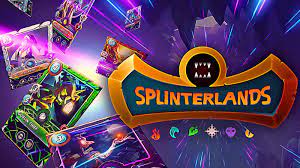
- Game Overview: Splinterlands is a digital collectible card game that utilizes blockchain technology. Players build decks of cards and engage in strategic battles.
- Physical Assets: Players may be rewarded with Splinterlands trading cards, playmats, and other merchandise that complements their gaming experience, both within the game and as tangible collectibles.
- Gala
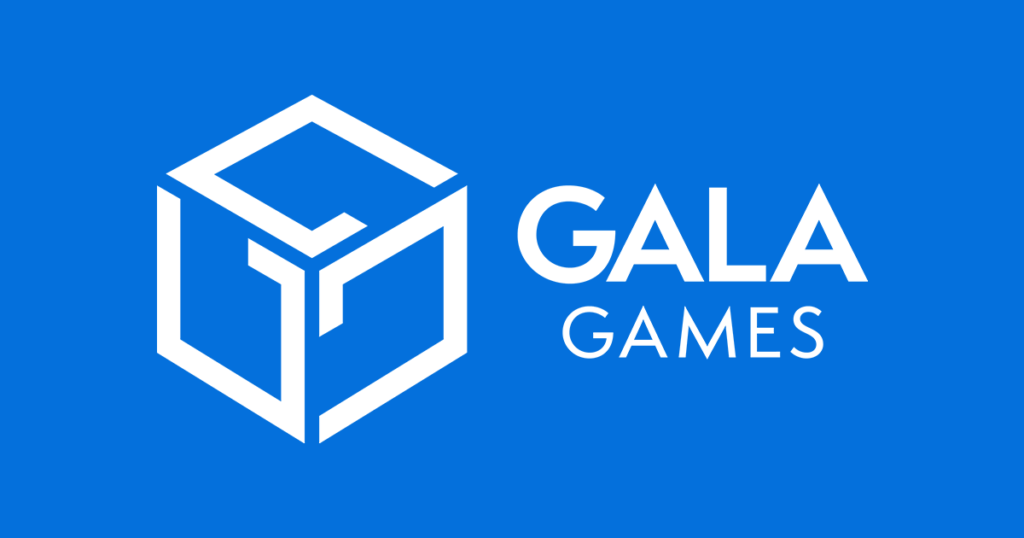
- Game Overview: Gala is an ecosystem of blockchain-based games and virtual worlds. Players can participate in a variety of gaming experiences within the Gala ecosystem.
- Physical Assets: Gala rewards players with a range of physical assets, including gaming equipment, exclusive merchandise, and, on special occasions, even the chance to win real-world items like cars.
- Gods Unchained
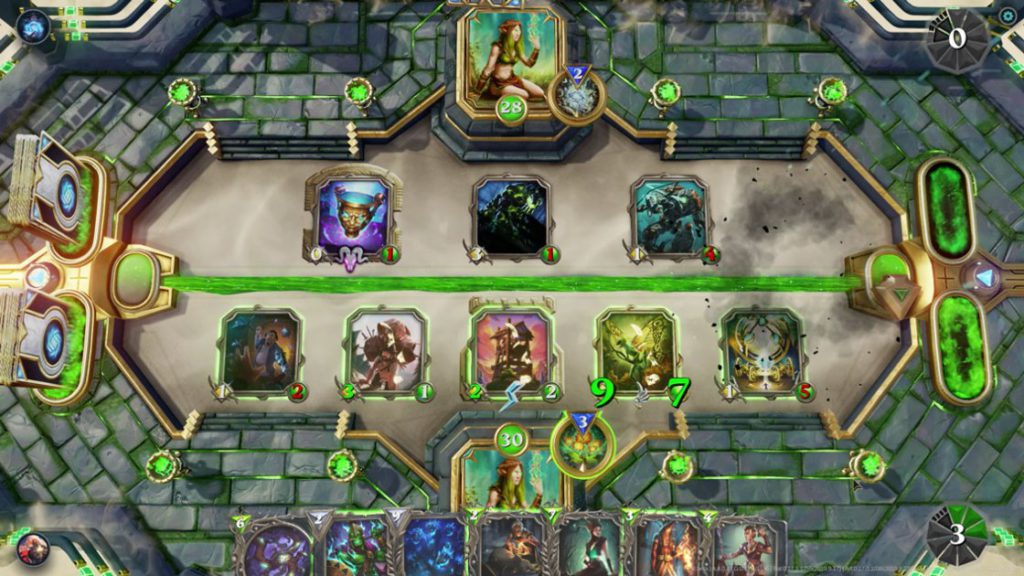
- Game Overview: Gods Unchained is a digital collectible card game where players collect and battle using unique cards. It combines blockchain technology with competitive card gaming.
- Physical Assets: Players can earn exclusive merchandise, which may include items like card packs, card sleeves, and promotional materials. Additionally, they may receive access to real-world events and tournaments.
- Decentraland
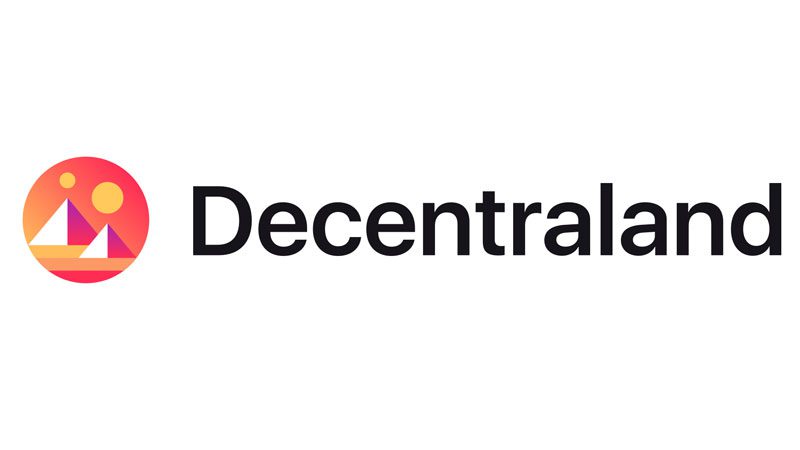
- Game Overview: Decentraland is a virtual world built on the Ethereum blockchain, allowing users to buy, build, and explore digital real estate.
- Physical Assets: As a reward, players can obtain exclusive Decentraland merchandise and gain access to real-world events. These events could include conferences, exhibitions, and gatherings where they can connect with other players and enthusiasts.
- The Sandbox
- Game Overview: The Sandbox is a virtual world and game creation platform that empowers users to create, own, and monetize their gaming experiences.
- Physical Assets: Players in The Sandbox have the opportunity to win exclusive merchandise related to the game. Additionally, they may gain access to real-world events, fostering a strong sense of community engagement.
- Alien Worlds
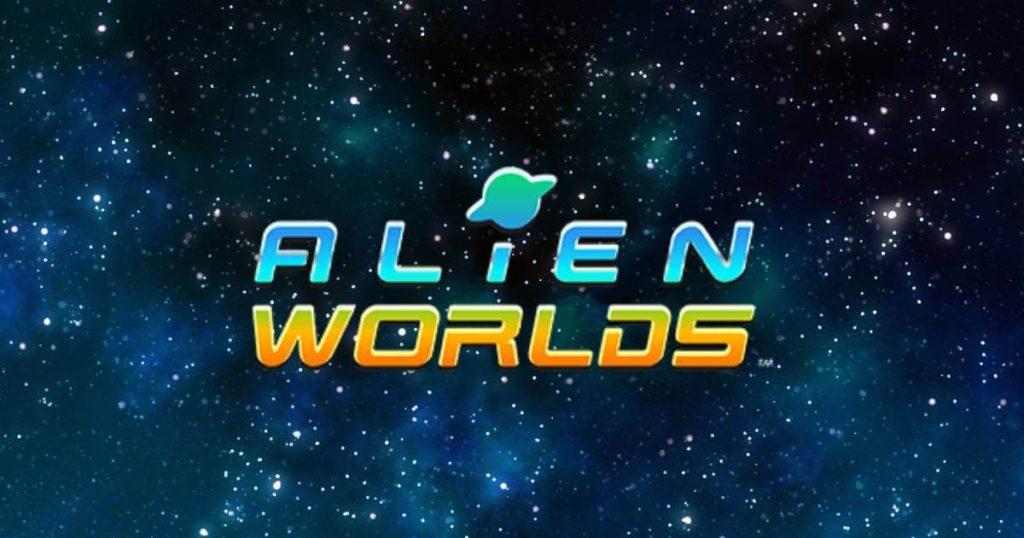
- Game Overview: Alien Worlds is an NFT-based metaverse where players mine for Trilium tokens by participating in various in-game activities.
- Physical Assets: Players can be rewarded with exclusive merchandise, adding a tangible dimension to their virtual experiences. Moreover, they may even gain access to real-world assets, such as land and property.
- Illuvium
- Game Overview: Illuvium is an open-world, turn-based, fantasy battle game that features a collection of creatures and heroes as NFTs.
- Physical Assets: Players may receive exclusive Illuvium merchandise, providing them with a connection to the game’s characters and world in the physical realm. They might also have the opportunity to acquire real-world assets.
- STEPN
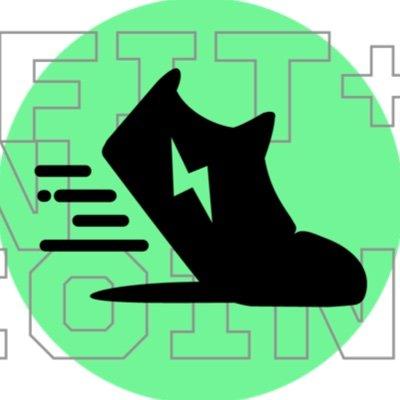
- Game Overview: STEPN is a blockchain-based game that offers social experiences, games, and activities for players.
- Physical Assets: Players can be rewarded with exclusive STEPN merchandise and access to real-world events. These events provide an opportunity for players to connect with the broader community and enjoy additional experiences.
- Treasure
- Game Overview: Treasure is an NFT-based adventure game where players embark on quests and challenges to discover hidden treasures.
- Physical Assets: Players are eligible to receive exclusive Treasure merchandise, allowing them to showcase their in-game achievements in the real world. Additionally, they may gain access to real-world assets, expanding the depth of their gaming adventures.
These NFT games offer a diverse range of experiences and physical rewards, enriching players’ interactions with the games and creating a bridge between the virtual and tangible worlds. Players not only enjoy their in-game accomplishments but also have the opportunity to own and showcase physical collectibles related to their favorite gaming experiences.
Conclusion
The rewarding of physical assets like gold in NFT games is an exciting and innovative development that bridges the gap between the digital and physical worlds. While it comes with challenges related to authenticity, secure delivery, legal compliance, economic viability, and trust, these challenges are likely to be addressed through technological advancements and evolving best practices.
The future prospects of this trend are promising. It is expected to drive innovation in NFT platforms, expand the use cases of NFTs across various industries, enhance player engagement, promote cross-platform integration, and lead to the implementation of stronger security measures.
As the NFT ecosystem continues to evolve, we can anticipate even more creative applications and solutions that harness the synergy between digital and physical assets. The rewarding of physical assets in NFT games is not just a trend; it represents a transformative shift in how we perceive and interact with assets, both within virtual worlds and in the tangible realm.
Stay informed with daily updates from Blockchain Magazine on Google News. Click here to follow us and mark as favorite: [Blockchain Magazine on Google News].
Get Blockchain Insights In Inbox
Stay ahead of the curve with expert analysis and market updates.
latest from tech
Disclaimer: Any post shared by a third-party agency are sponsored and Blockchain Magazine has no views on any such posts. The views and opinions expressed in this post are those of the clients and do not necessarily reflect the official policy or position of Blockchain Magazine. The information provided in this post is for informational purposes only and should not be considered as financial, investment, or professional advice. Blockchain Magazine does not endorse or promote any specific products, services, or companies mentioned in this posts. Readers are encouraged to conduct their own research and consult with a qualified professional before making any financial decisions. The featured image used is just a creative depiction of the title and it does not intend to hurt sentiments of any person or institution. If it hurts anyone sentiments, please do not hesitate to reach out to Blockchain Magazine.

 Bitcoin
Bitcoin  Ethereum
Ethereum  XRP
XRP  Tether
Tether  Solana
Solana  USDC
USDC  Dogecoin
Dogecoin  Cardano
Cardano  Lido Staked Ether
Lido Staked Ether  TRON
TRON  Wrapped Bitcoin
Wrapped Bitcoin  Chainlink
Chainlink  Wrapped stETH
Wrapped stETH  Sui
Sui  Avalanche
Avalanche  Stellar
Stellar  Hedera
Hedera  Toncoin
Toncoin  Shiba Inu
Shiba Inu  LEO Token
LEO Token  Hyperliquid
Hyperliquid  Bitget Token
Bitget Token  Litecoin
Litecoin  WETH
WETH  USDS
USDS  Polkadot
Polkadot  Bitcoin Cash
Bitcoin Cash  Ethena USDe
Ethena USDe  MANTRA
MANTRA  Wrapped eETH
Wrapped eETH  Uniswap
Uniswap  Pepe
Pepe  Ondo
Ondo  Monero
Monero  Aave
Aave  WhiteBIT Coin
WhiteBIT Coin  NEAR Protocol
NEAR Protocol  Mantle
Mantle  Official Trump
Official Trump  Aptos
Aptos  Dai
Dai  Internet Computer
Internet Computer  Ethereum Classic
Ethereum Classic  Bittensor
Bittensor  Cronos
Cronos  OKB
OKB  POL (ex-MATIC)
POL (ex-MATIC)  Gate
Gate 